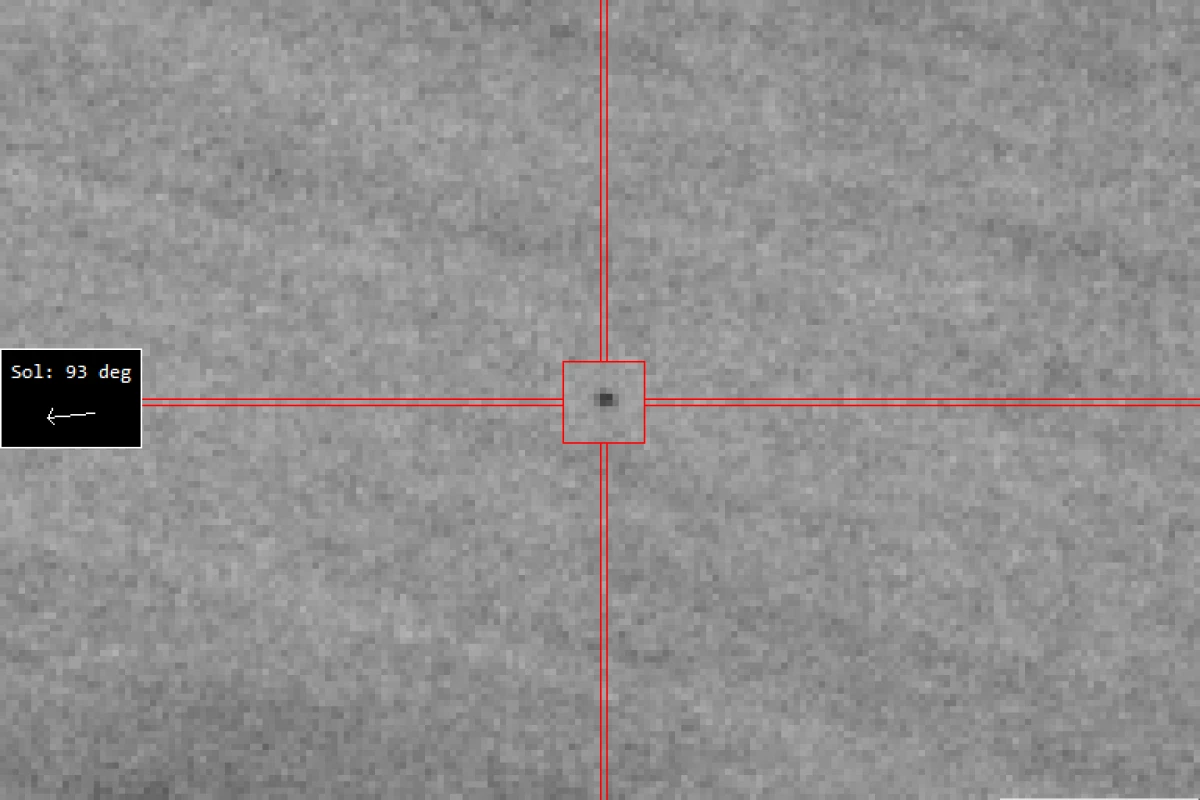Astronomers had a tense few days in January, as a newly discovered space rock became the riskiest asteroid in a decade – and then hid behind the Moon for a week. Thankfully, further observations have now found that it poses no risk to Earth when it swings by next year.
Known as 2022 AE1, the asteroid was discovered on January 6 and calculated to be about 70 m (230 ft) wide. The following day it was flagged for a potential future impact with Earth on July 4, 2023 – Independence Day, no less – by an automated system called Asteroid Orbit Determination (AstOD), which is part of ESA’s Near-Earth Object Coordination Centre (NEOCC).
This system then calculates where each object sits on the Palermo Scale, which rates the potential hazard of an impact. This scale takes into account the probability of an impact, and the kinetic yield of the object – essentially, how much damage it would do, based on its size and speed. A zero on the Palermo scale indicates the background hazard level, so anything with a positive value warrants immediate attention.
Thankfully, objects are rarely found with positive values, and even when they are, further observations have always ruled out impacts. The best known example is Apophis, which currently holds the record for highest-ever Palermo rating at 1.1, for an impact in 2029. It’s since been found that Apophis poses no risk to Earth over the next century at least.
Objects that rate less than -2 on the Palermo Scale are those that can be safely ignored, having either extremely low chances of impacting Earth, or being too small to do any damage if they did. But those between -2 and 0 warrant careful monitoring – and the alert for asteroid 2022 AE1 registered a -1.5.
“I was surprised at first when I heard about the -1.50 rated asteroid, as it is very rare to have such high Palermo scale,” said Luca Conversi, Manager of the NEOCC. “Yet, I wasn’t too concerned as we get notifications like this – though at a lower level – few times per year. As it is custom in these cases, we activated our global network of telescopes to immediately get more observations and it soon seemed this asteroid was unlike any other we’d seen.”
Follow-up observations gave an increased risk of an impact, and by January 11 the asteroid had a Palermo value of -0.66, making it the riskiest asteroid since 2009. And just as tensions were at their highest, the Moon intervened, obscuring observations for the next week.
Determining the chances of 2022 AE1 impacting Earth was of utmost importance. A July 2023 impact would mean it's already too late for us to mount any kind of deflective action, and the rock’s 70-m (230-ft) diameter is big enough to cause considerable damage to a region in the line of fire. It’s 3.5 times bigger than the Chelyabinsk meteor, which injured thousands when it exploded over Russia in 2013. It’s also bigger than the space rock thought to be responsible for the Tunguska event, which flattened 2,150 km2 (830 square miles) of forest in 1908.
Thankfully, on January 20 astronomers were able to find it again, and those observations narrowed down its path to quickly rule out any chance of impact next year. When 2022 AE1 swings past Earth in early July 2023, it won’t come any closer than about 10 million km (6 million miles), which is more than 20 times the distance to the Moon.
It’s reassuring to know there are so many eyes on the skies, so that if any asteroids are found to be on a collision course we might have enough warning to intervene. And NASA is already experimenting with ways to deflect such hazards.
Source: ESA




